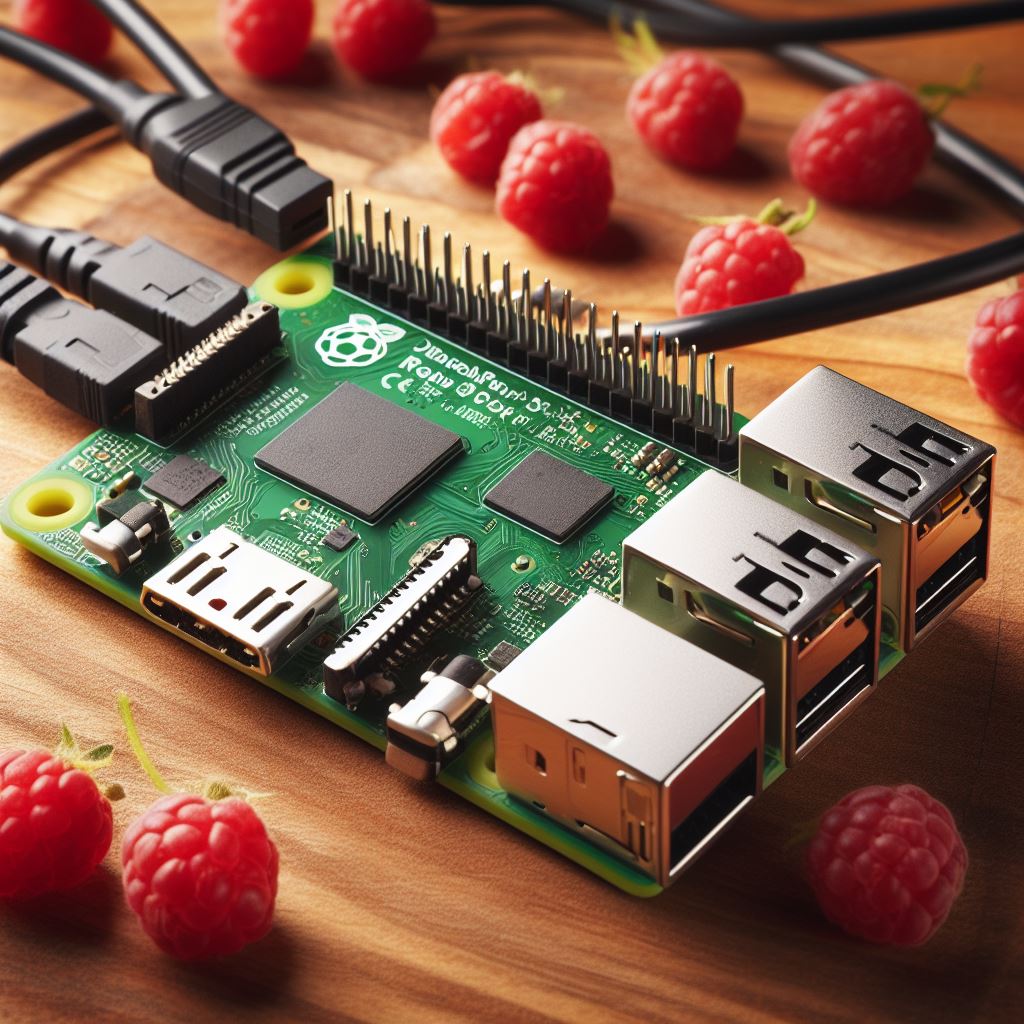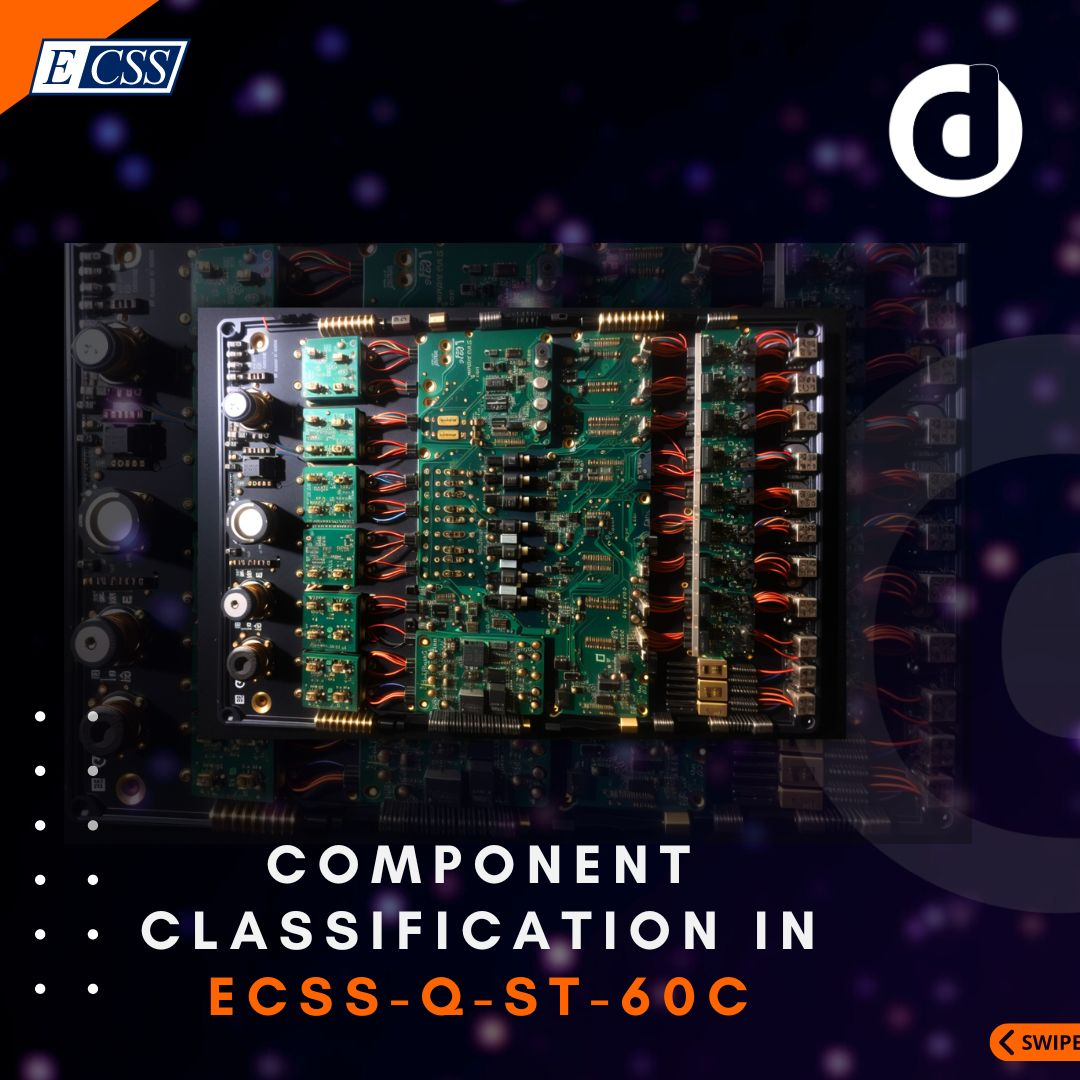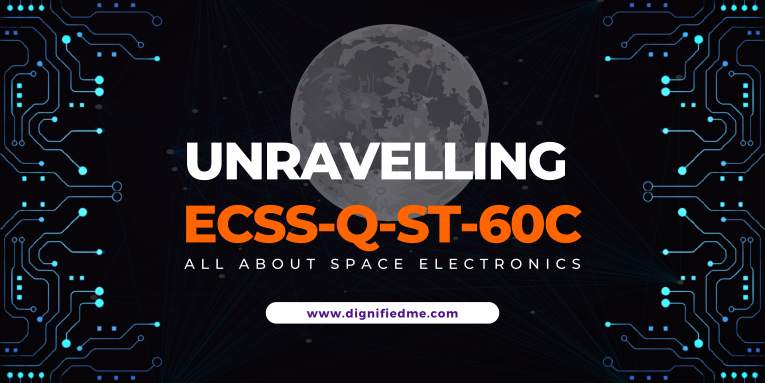 by Rahul Shah
by Rahul Shah Technology
Technology
Chandrayaan-3: A Leap Forward in Lunar Exploration with Electronics and Embedded Systems
Introduction
The Indian Space Research Organisation (ISRO) continues its ambitious journey into space with the upcoming Chandrayaan-3 mission. As ISRO's third lunar exploration mission, Chandrayaan-3 is set to follow the path of its predecessors, Chandrayaan-1 and Chandrayaan-2, with the aim of making new strides in lunar exploration. This mission comes as a testament to ISRO's commitment to overcoming the challenges faced during Chandrayaan-2, which, despite being a valuable mission that provided significant scientific insights, did not achieve a soft landing on the lunar surface. In the Chandrayaan-3 mission, ISRO has taken proactive measures to address the shortcomings of Chandrayaan-2. Most importantly, the mission design includes a propulsion module that will carry the lander and rover from the injection orbit to the 100 km lunar orbit. This revised strategy is expected to enhance the mission's success rate, thereby bringing us closer to the moon than ever before. A key feature of Chandrayaan-3 is the extensive use of electronics and embedded systems in various components of the mission. These systems play a crucial role in controlling and managing the mission's operations, making them indispensable to its success.
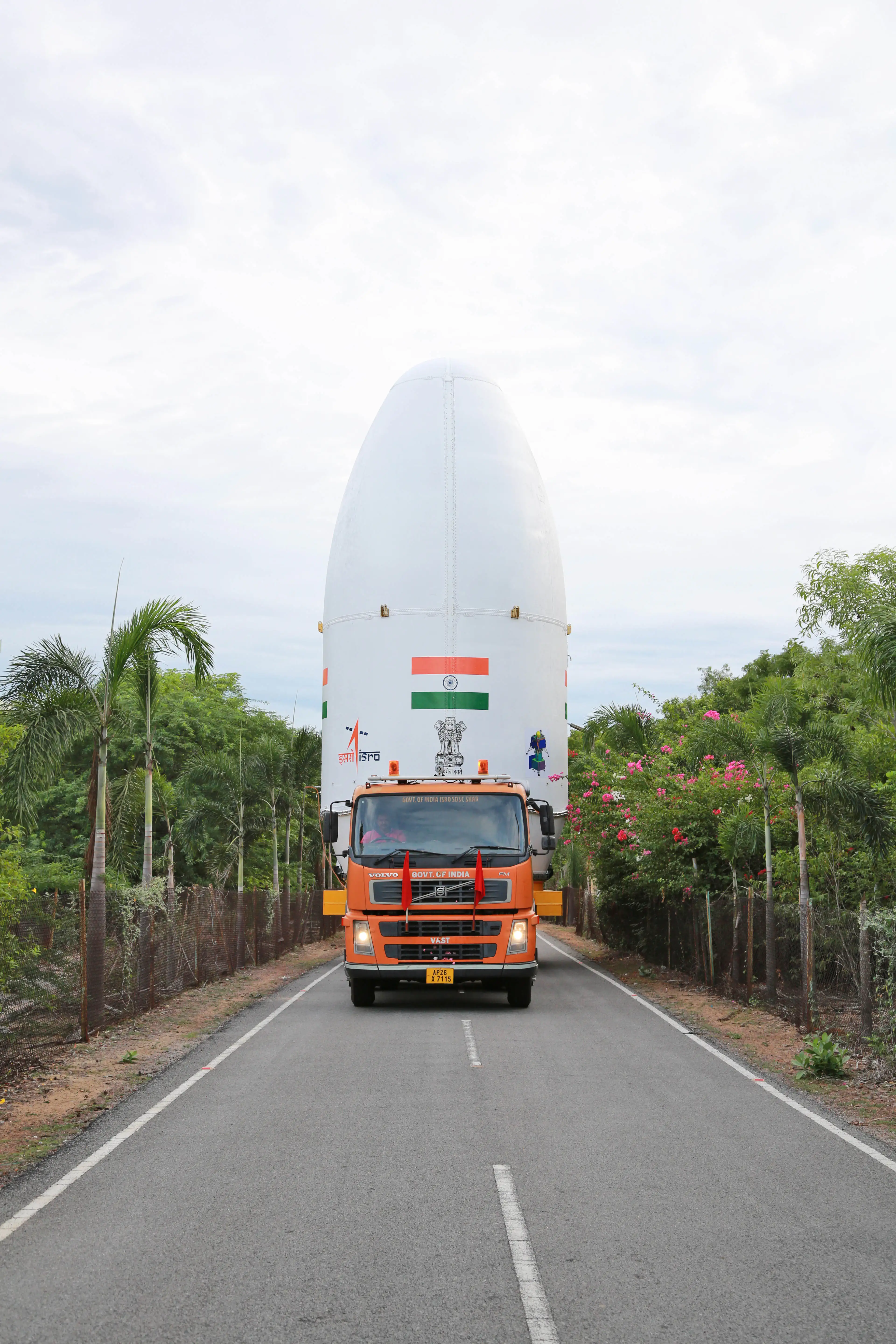
Role of Electronics and Embedded Systems in Chandrayaan-3 Components
Propulsion Module
The propulsion module, often referred to as the heart of Chandrayaan-3, employs a range of electronic systems and embedded controllers. The module employs a Bi-Propellant Propulsion System (MMH + MON3) and is equipped with advanced electronic systems such as the Cassini Diskus Star Tracker (CAS), Infrared Earth Sensor (IRAP), and Micro Star Sensor for attitude determination. These electronic systems operate under embedded controllers that ensure accurate and reliable functioning, crucial for the module's operation in the harsh environment of space. Embedded systems also play a vital role in communication. The propulsion module uses an S-band transponder for communication with the Indian Deep Space Network (IDSN), a process controlled by embedded software.
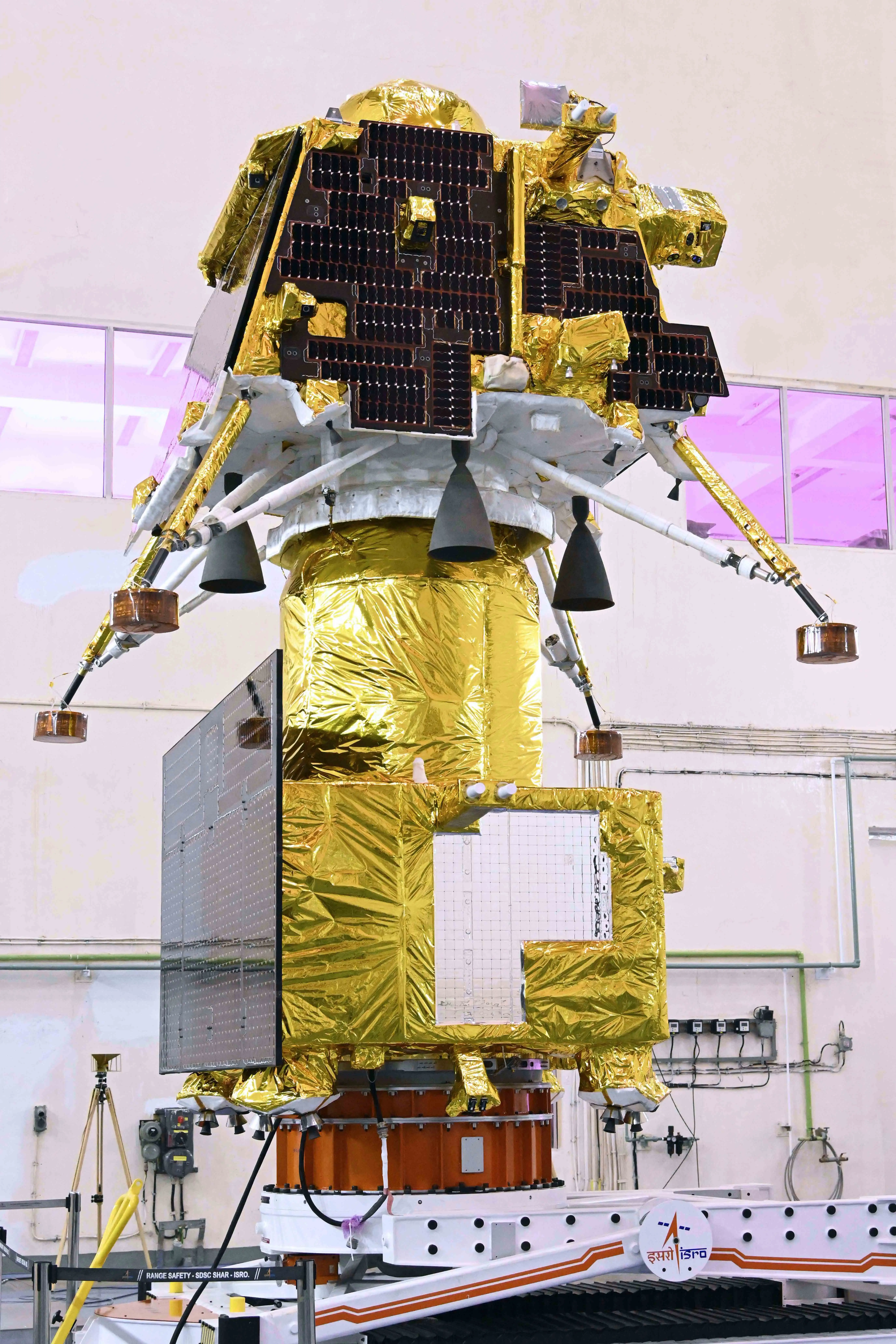
Lander Module
The lander module, designed for a mission life of 14 Earth days, is equipped with multiple payloads, all governed by embedded systems. These systems control the operations of instruments like the Langmuir Probe (RAMBHA-LP), Chandra's Surface Thermo-physical Experiment (ChaSTE), and Instrument for Lunar Seismic Activity (ILSA), allowing for the collection and processing of crucial data about the lunar surface and seismic activity. The lander module's power system, responsible for generating 738W power even during the lunar winter solstice, also relies on embedded controllers to manage power distribution and maintain optimal functioning of all onboard systems.
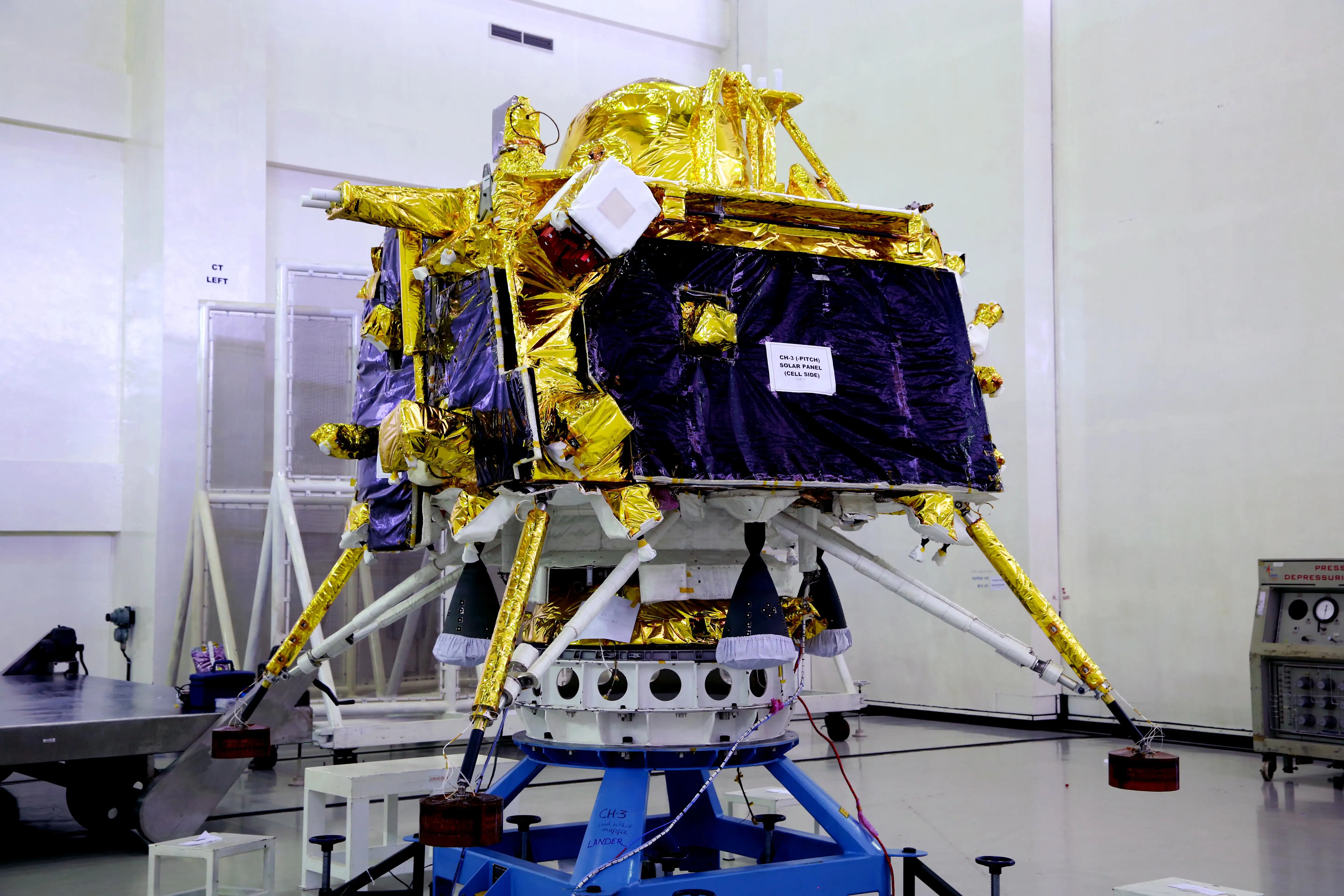
Rover
The rover, designed for a mission life of one lunar day, carries two payloads - the Alpha Particle X-ray Spectrometer (APXS) and the Laser Induced Breakdown Spectroscope (LIBS). Both instruments are governed by embedded systems that control their operations and process the data they gather about the lunar soil and rock composition. The rover's electronic communication system, used to stay in touch with the lander module, operates under the control of an embedded system that manages the communication protocol and ensures reliable data transmission. Embedded systems also play a vital role in the rover's navigation. They process data from sensors to control the rover's movement and avoid obstacles, ensuring the rover can traverse the lunar surface safely and efficiently.
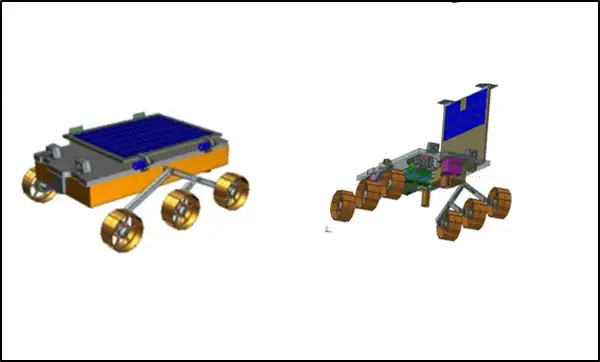
Guidelines and Standards for Space Electronics
The design and development of electronics and embedded systems for space missions must adhere to stringent guidelines and standards. These guidelines, such as ECSS-Q-ST-60C and NASA's handbook on Electronic Parts and Packaging (EPP) , provide a detailed framework for the selection, use, and management of electronic components in space applications. They cover various aspects, including radiation hardness, reliability, and lifespan, to ensure the systems can withstand the harsh space environment.

Conclusion
Chandrayaan-3 Chandrayaan-3 represents a major step forward in India's space exploration efforts. The role of electronics and embedded systems in this mission is pivotal, underpinning the functionality of the propulsion module, lander, and rover. By pushing the boundaries of electronic and embedded technology in space, ISRO continues to bring the moon closer to us, fostering a better understanding of our celestial neighbor and paving the way for future interplanetary missions. In this ever-evolving landscape of space exploration, the demand for proficient electronics professionals and freelancers is increasing. Platforms like Dignifiedme.com play an essential role in bridging this gap. By providing a pool of vetted electronics professionals and freelancers, Dignifiedme.com ensures that innovative projects like Chandrayaan-3 can tap into the right talent and expertise needed to successfully carry out these groundbreaking missions. Whether it's designing intricate electronic components or developing robust embedded systems, the professionals at DignifiedMe.com are equipped with the skills and knowledge to meet the demands of the rapidly advancing field of space exploration.

Category
Recently posted
Unveiling the Future: The Remarkable Raspberry Pi 5
In a world that thirsts for technological advancements, the Raspberry Pi 5 makes a grand entrance, promising a horizon filled with endless possibilities. Its launch is more than just a milestone; it's a leap into a future where barriers to technological innovation are minimized.
The Raspberry Pi 5 is not merely a successor to its predecessor; it's a revolution in micr...
Learn moreComponent Classification in ECSS-Q-ST-60C
Introduction: ECSS-Q-ST-60C Rev. 3 and Its Emphasis on Components
The space industry's very nature demands rigorous standards to ensure safety, reliability, and mission success. ECSS-Q-ST-60C Rev. 3, as formulated by the ECSS Secretariat and associated European space agencies, underscores this by placing a strong emphasis on Electrical, Electronic, and Electromechanical (EEE) components. These components, foundation...
Learn moreChandrayaan-3: A Leap Forward in Lunar Exploration with Electronics and Embedded Systems
Introduction
The Indian Space Research Organisation (ISRO) continues its ambitious journey into space with the upcoming Chandrayaan-3 mission. As ISRO's third lunar exploration mission, Chandrayaan-3 is set to follow the path of its predecessors, Chandrayaan-1 and Chandrayaan-2, with the aim of making new strides in lunar exploration. This mission comes as a testament to ISRO's commitment to overcoming the challenges faced during Cha...
Learn moreECSS-Q-ST-60C: An Essential Guide for Electronics Engineers in Space Technology
Introduction
As we push the boundaries of technology and explore the farthest reaches of space, we recognize the importance of having rigorous standards. These standards ensure the safety, reliability, and success of our space missions. In the world of Electrical, Electronic, and Electromechanical (EEE) components used in space systems, one such critical standard is ECSS-Q-ST-60C, issued by the European Cooperation for Space Standard...
Learn moreUnravelling ECSS-Q-ST-60C: Deep Dive into Electronic Component Classification for Space Missions with a Spotlight on Chandrayaan 3
Introduction
In the unforgiving vastness of space, every detail matters. The intricate ballet of space exploration is predicated on an array of electronic components that must perform consistently under extreme conditions. The need for reliability and robust performance has led to the development of stringent standards to govern the quality of these components. One such standard is the ECSS-Q-ST-60C, which plays a v...
Learn moreGet recognised by writing an article on dignifiedme blog. Send your articles to support@dignifiedme.com. If it complies with dignifiedme standard then you can see your article on this page very soon!
Connect with your next great hire today!
Risk-free hiring made easy
Get Started
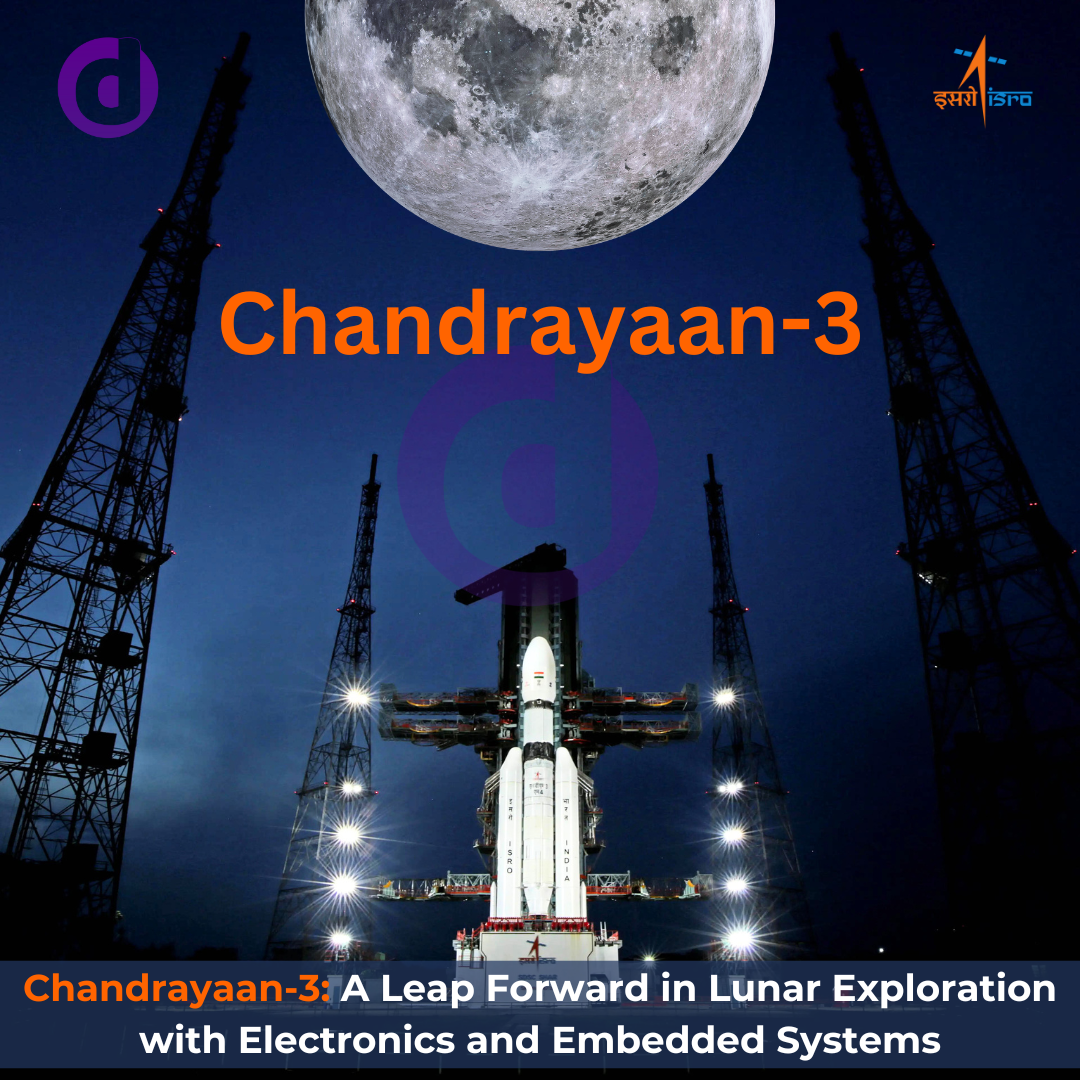
 Previous
Previous
